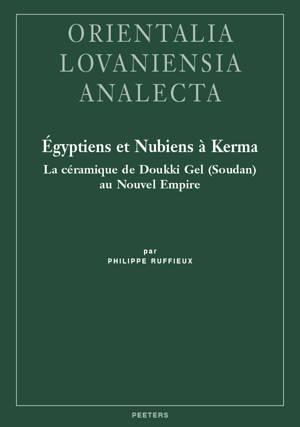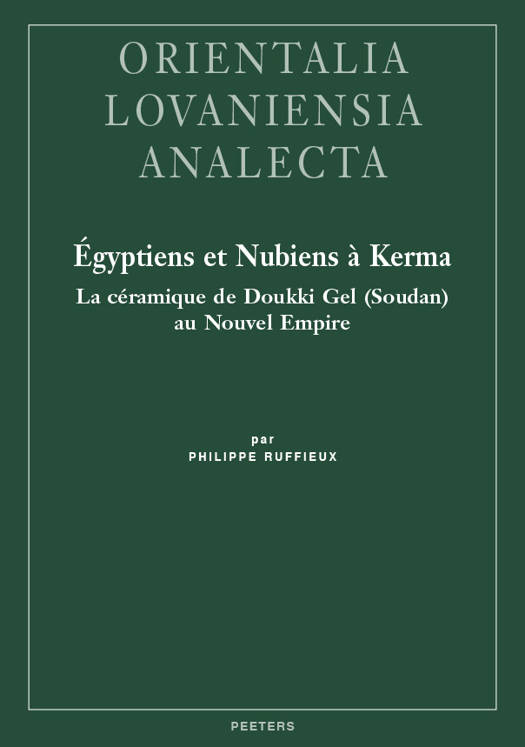
- Afhalen na 1 uur in een winkel met voorraad
- Gratis thuislevering in België vanaf € 30
- Ruim aanbod met 7 miljoen producten
- Afhalen na 1 uur in een winkel met voorraad
- Gratis thuislevering in België vanaf € 30
- Ruim aanbod met 7 miljoen producten
Zoeken
€ 240,00
+ 480 punten
Omschrijving
The Egyptian temples at Dokki Gel, Kerma (Sudan), were built during the reign of Thutmose I, in the heart of a Classic Kerma religious and ceremonial compound. The excavations of the site have yielded a huge number of potsherds whose study constitute the focus of this book. The typological approach, combined with stratigraphic analysis and epigraphy, has allowed the dating of many archaeological contexts. Moreover, six development phases within the New Kingdom ceramic corpus were identified, starting at the end of the Classic Kerma. The technological analysis, relying mainly on the so-called Vienna System, led to the definition of local variants of egyptian pottery fabrics, whereas the Kerma material had to be classified separately. A large majority of pottery from both traditions was most likely produced locally and shows signs of mutual influences between Nubians and Egyptians. Analysis of the quantitative data of ceramic assemblages gathered from various sectors brings us to an identification of probable space functions, and movement of commodities within the framework of temple cult ativities and according to three successive architectural organizations. They also suggest a long period of survival of the declining Kerma pottery tradition, during the New Kingdom.
Specificaties
Betrokkenen
- Auteur(s):
- Uitgeverij:
Inhoud
- Aantal bladzijden:
- 724
- Taal:
- Frans
- Reeks:
- Reeksnummer:
- nr. 317
Eigenschappen
- Productcode (EAN):
- 9789042948600
- Verschijningsdatum:
- 28/02/2024
- Uitvoering:
- Hardcover
- Formaat:
- Genaaid
- Afmetingen:
- 215 mm x 305 mm
- Gewicht:
- 213 g

Alleen bij Standaard Boekhandel
+ 480 punten op je klantenkaart van Standaard Boekhandel
Beoordelingen
We publiceren alleen reviews die voldoen aan de voorwaarden voor reviews. Bekijk onze voorwaarden voor reviews.











